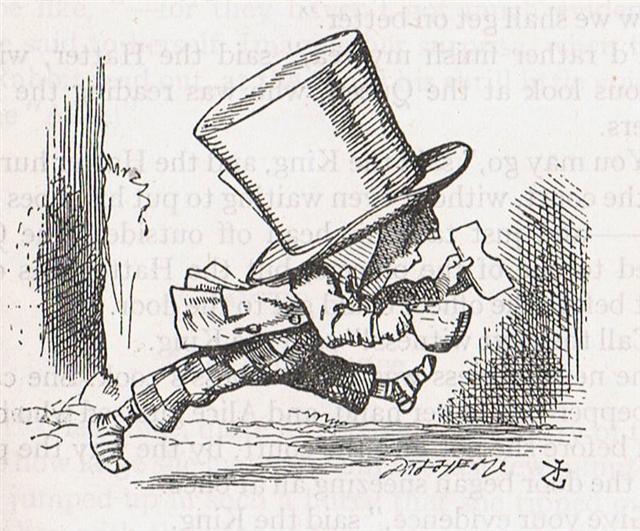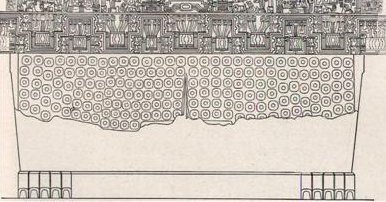|
4. Once again. At Hanga Hoonu a great number of fishes were thrown up onto land by the explorers, using their hands. Ira ordered 'fire' to be brought from their canoe, and then they could cook and eat as much as they wished. Perhaps north of the equator the heliacal rising of ο Ursa Majoris once signified the beginning of high summer with plenty of food. Manu kake in Ga3-1 coincides with the star 'at the end' (Al Tarf): ... ξ [at Ga3-15], another [ín addition to μ, Heap of Fuel at Ga2-28] 5½-magnitude, with λ Leonis, formed the seventh manzil Al Tarf, the End, or as some translate it, the Glance, i.e. of the Lion's Eye, the ancient Asad, which occupied so large a portion of the sky in this neighborhood. They also were the Persian Nahn, the Nose, and the Coptic Piautos, the Eye, both lunar asterisms ...
Tagata in Gb5-6 is 332 days beyond the June solstice, as if alluding to November 28. And in the preceding Gb5-5 the arms are hanging (flowing) down in a gesture which could be meant as a sign of inversion of that in Ga7-17:
July 27 is 331 - 208 = 123 days before November 27, perhaps a number sign for 'increase' (not far away from the meaning of kake). It can be interpreted as the beginning of the sequence of natural numbers. The Beehive and the other stars of Cancer will follow towards the end of July:
When the Turtle (Cancer?) broke the back of Kuukuu it could be a Sign of the end of the preceding season, the season of planting - although at this time of the year on Easter Island it would be midwinter (He Anakena):
When I once classified all the rongorongo glyphs according to type I found Ga3-4 to be an example of vaha mea:
And the peculiar sign where the 'red opening' should have been there was a sign of mea ke:
Probably the 'red opening' (vaha mea) is negated by 'the other red' (mea ke), notice the reversed order for mea. There are 64 - 5 = 59 days from Aldebaran. The powerful spring opening of summer seems to be changed into a weak different type of summer with the arrival of the rainy season.
The checkerboard pattern on the Mad Hatter's trousers (below his belt) implies the fields are 'under water'. He cannot use his eyes. The 4 Mayan 20-day months can be perhaps be compared with the season from day 168 (June 17) to Dubhe (in day 248).
I think we should associate mea ke with tresses (signifying the back side) - cfr at Pachamama:
When Queen Berenice sacrificed her golden tresses it probably meant the night side (Sun absent) should be abandoned when counting time - instead the whole year should now be counted in daytime and according to Sun. Such a calendar reform of necessity had to get rid of the old Moon calendar dominating the minds of people. It had to disappear like the tresses of the Queen. Although the nights of the back side could have been allowed to be continued as 6 * 29½ = 177. Instead of an overall rule by Moon, with 186 days alotted to Sun, it would then be the opposite, an overall rule by Sun, with 177 nights alotted to Moon. Cfr at Camp 6 and at The Mouth of the Fish:
... Water accumulates at bottom and below the midline of Pachamama these symbols probably are meant to indicate water, but their arrangement and their number (94 + 83 = 177) implies that each of them probably represents a day. Thus this type of symbol can also represent Sun beyond midsummer ... |
|||||||||||||||||||||||||||||||||||||||||||||||||||||||||||||||||||||||||||||||||||||||||||||||||||||||||||||||||||||||||||||||||||||||||||||||||||||||||||||||||||||||||||||||||||||||||||||||||||||||||||||||||||||||||||||||||||||||||




















